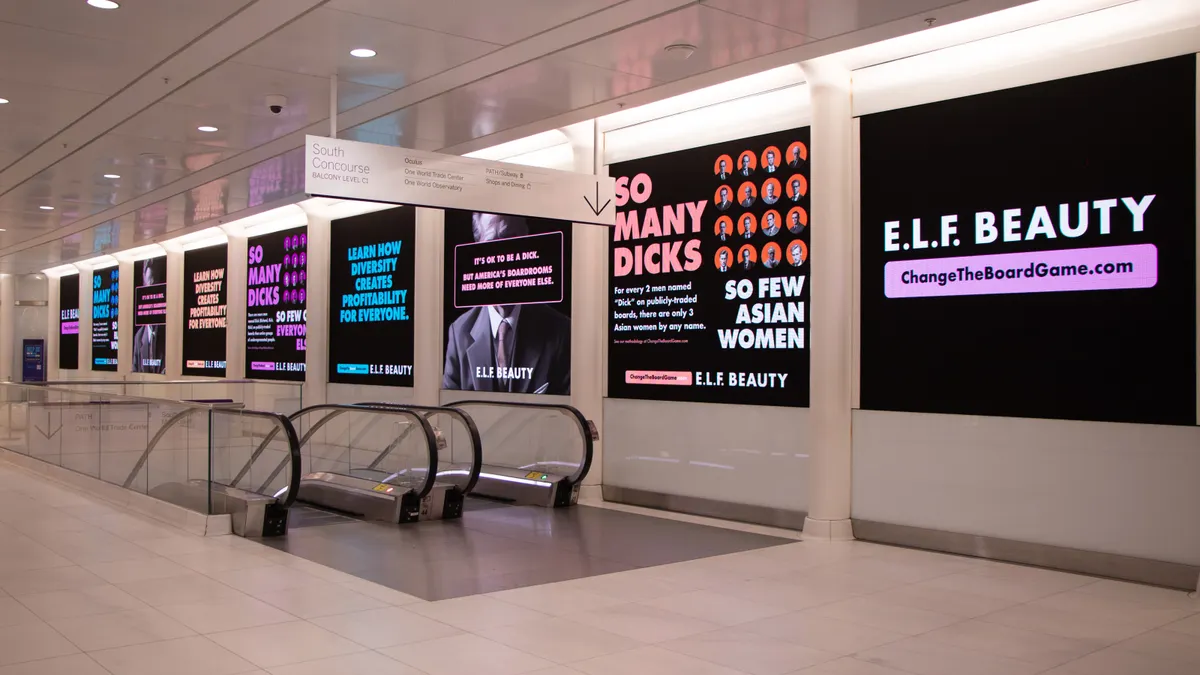Editor's Note: The following is a guest post by Stephen Upstone, CEO of mobile video platform LoopMe.
When it comes to digital video advertising, isn't it time we got back to basics — like what works?
EMarketer recently launched a report into the effectiveness of digital video advertising. It shows that spending on digital video is still rising steadily in the U.S. and will continue to post double digit growth at least until 2020, while TV largely remains flat.
But what's abundantly clear is that measuring the effectiveness of digital video is a minefield, and that the difficulties around measurement are causing brands to slow the rate of their investment into the channel. The report states that "the noisiness of the data is remarkable" when it comes to reviewing which metrics should be used to measure digital video, with a range of players all maintaining their own methodologies. Audibility, viewability, CTR, VCR, in-view VCR, sound-on VCR and sound-off VCR are just some of the metrics — and that's before different formats and providers are taken into account. How can you compare a 15-second non-skip pre-roll ad with an incentivized reward video and a native, outstream video ad?
Quite simply, you can't — at least not if you're using the types of digital metrics we've become reliant on as an industry. But there's an easier way. Instead of measuring whether a user viewed the ad, we should measure whether it had the desired effect.
If it's a video promoting soap, did the viewer go out and buy that soap? If it's a video aiming to make the viewer feel excited about a brand, did it leave them feeling that way? If it's goal is to encourage someone to browse a local mall, did the viewer actually get in the car and drive to that mall?
Digital metrics are an important indicator of success, but we should not be staking the effectiveness of video campaigns on whether someone watched an ad in its entirety with the sound off or on. After all, they might be watching the video because they like the ad and have no intention of actually going out and buying the product. Instead, we should be measuring what really matters: whether the campaign achieved the brand goal — whatever that may be. Beyond measurement, that information should then be used to improve the campaign in-flight, ensuring the brand goal is met.
Consumers are becoming increasingly connected. Over 80% of all mobile phones in the U.S. are now smartphones, and consumers are slowly moving away from cash purchases to digital transactions. Twenty-five percent of U.S. smartphone users say they never use cash, and 64% said that while they sometimes use cash, they prefer to use cards or mobile payments. This means it's becoming far easier to identify which customers have been served ads and then gone on to visit a location or buy a product, letting marketers assess a campaign's effectiveness against the brand goal.
As for finding out how an ad made a customer feel, the easiest way is to ask them, and not just a few people in a small focus group. Surveying customers who have actually been shown an ad and using that information to assess the effectiveness — and even better, to continue optimizing and improving the campaign — can provide deep insights into how effective the video creative has been at driving brand sentiment.
Assessing if a digital campaign worked or not shouldn't be so difficult. While digital proxy metrics are useful tools, there are easier ways to measure campaigns. The mark of a successful digital video campaign should always be: did it work?










